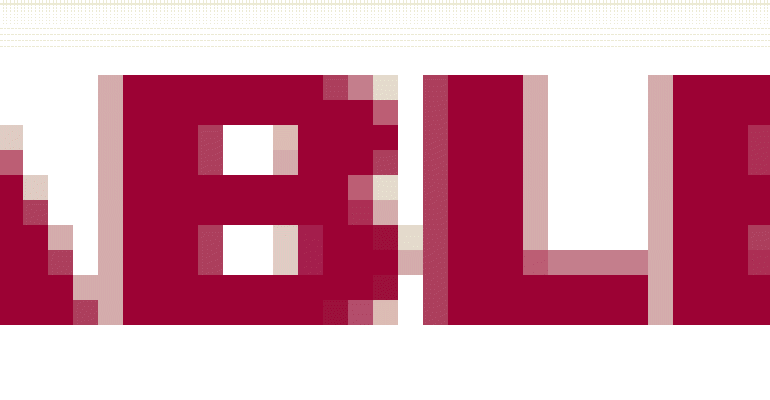| You may understand the covered call strategy on equities, but are you familiar with writing covered calls on a portfolio of S&P 500 stocks? How can you implement such a strategy? Stay tuned, this article will explain how. Traditionally, the covered call strategy involves buying stock, the underlying, and simultaneously selling call options on a share-for-share basis. In this new variation, the underlying is a portfolio of stocks, rather than shares of a single stock. Also, the sold options are index calls. It is assumed that the underlying portfolio matches the performance of the index that is the underlying for the index calls. Specifically, if an investor owns a portfolio of S&P 500 stocks, then SPX Index calls can be written against this portfolio. Before considering an example, review the specifications of the SPX index options presented in Table 1.
As an example, assume an investor owns a stock portfolio of S&P 500 stocks with a value of $112,500. Also assume that the level of the SPX Index is 1125. Since the multiplier is $100 (see Table 1), the underlying value of the 1125 Call is $112,500 (1125 x $100). If a 6-week 1125 Call (at-the-money) is sold for 21 points or $2,100 (21 x $100), then consider the profit potential and risk potential presented in Table 2 and on Graph 1.
As an example, assume an investor owns a stock portfolio of S&P 500 stocks with a value of $112,500. Also assume that the level of the SPX Index is 1125. Since the multiplier is $100 (see Table 1), the underlying value of the 1125 Call is $112,500 (1125 x $100). If a 6-week 1125 Call (at-the-money) is sold for 21 points or $2,100 (21 x $100), then consider the profit potential and risk potential presented in Table 2 and on Graph 1.  First, note that the short market risk of the sold 1125 Call is offset by the owned (or long) stock portfolio. Second, consider the tradeoffs. Tradeoffs are simply the good and bad aspects of a strategy. No strategy is "better" in an absolute sense than another strategy; rather every strategy has advantages and disadvantages. In fact, every strategy is suitable for a given forecast. An accurate forecast remains a key factor and the first step in the selection of any strategy. Please note commissions and interest charges are not included in this example. The advantage of the covered call is that income is generated in a neutral to moderately bullish market. Also, there is a limited amount of downside protection for the stock portfolio. In this example, protection is 21 points, and the breakeven point is an SPX Index level of 1104 (1125 - 21) at option expiration! What, then is the disadvantage of covered calls? The difference between a long stock portfolio and this strategy is the profit potential. The covered call strategy has limited profit potential. In the example above, profit potential is capped at an index level of 1146 (1125 + 21). In contrast, the profit potential of an outright long portfolio is unlimited.
| |||||||||||||||||||||||||||||||||
| Options involve risk and are not suitable for all investors. Prior to buying or selling an option, a person must receive a copy of Characteristics and Risks of Standardized Options. Copies of this document are available from your broker or The Options Clearing Corporation, 400 S. LaSalle Street, Chicago, IL 60605. CBOE
| |||||||||||||||||||||||||||||||||

Untitled
A variation of the traditional covered call strategy can implemented using a portfolio of S&P500 stocks and SPX Index options...
0 comments
Hide comments

